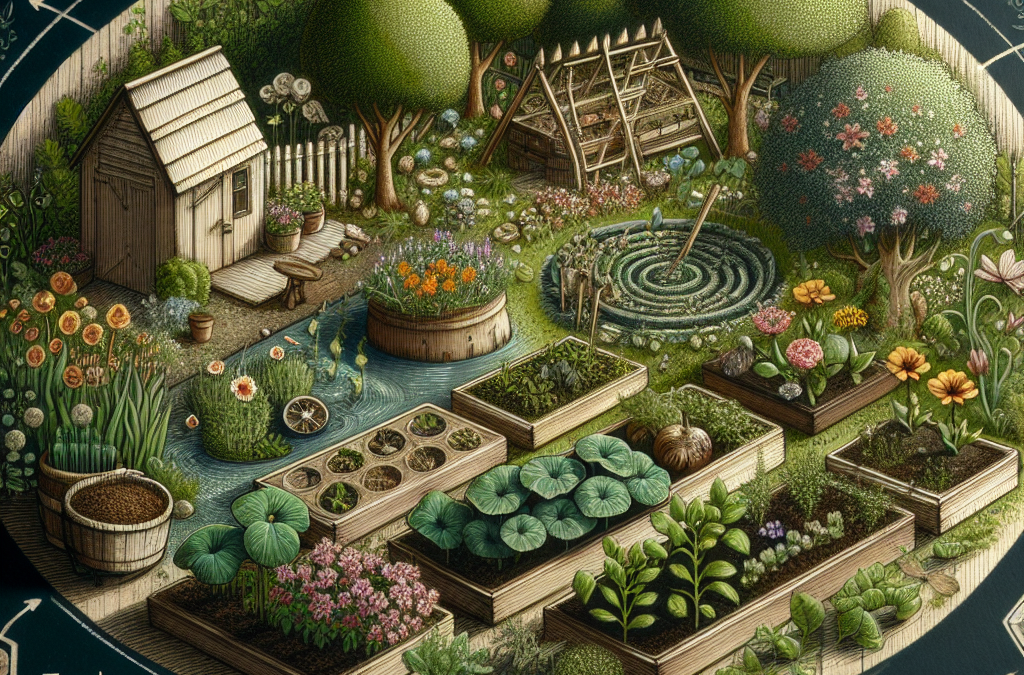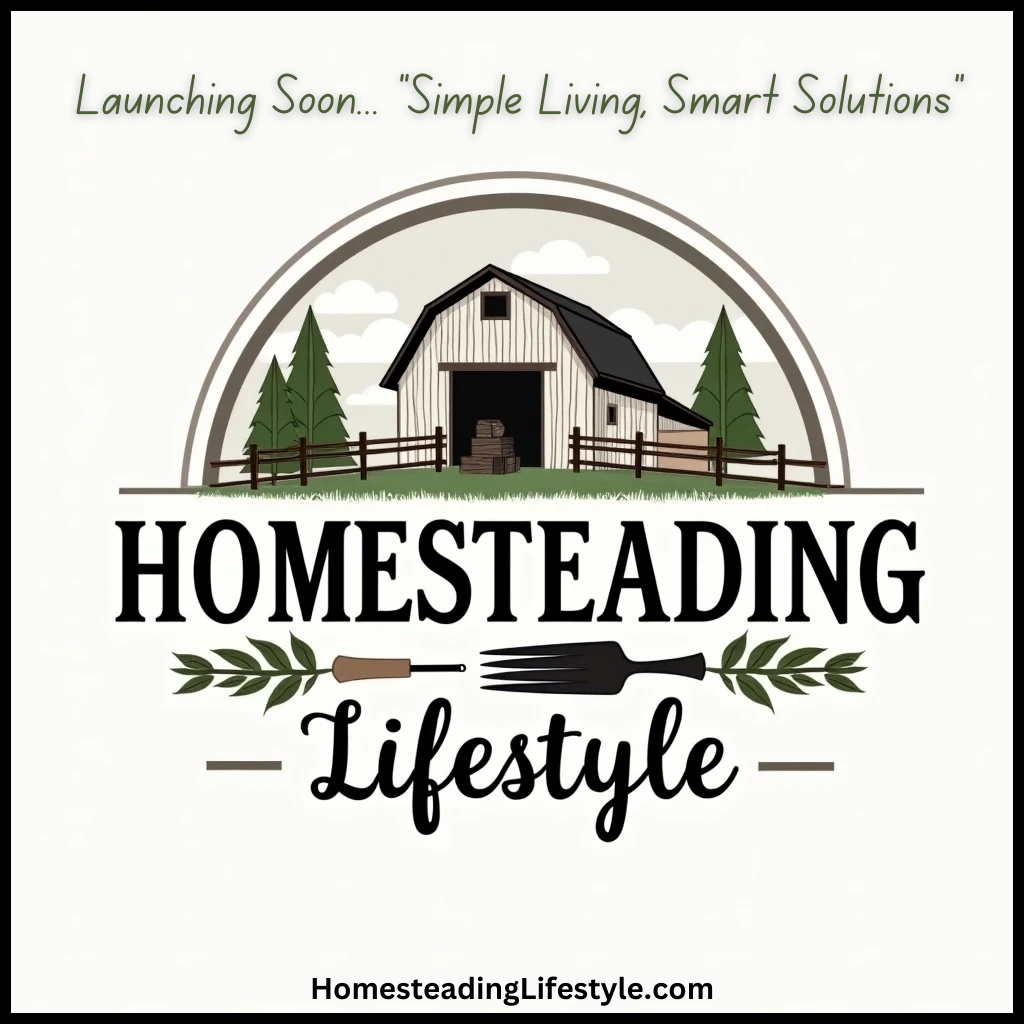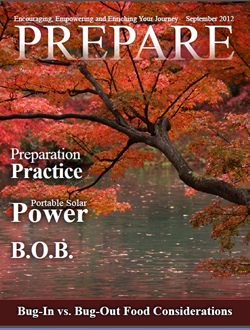Hey there, fellow garden enthusiasts! Today, I want to share my journey into the wonderful world of permaculture gardening. It’s not just about digging and planting; it’s about creating a self-sustaining ecosystem that can flourish with less intervention from us. So, let’s dig into the details! (See what I did there?)
Understanding Permaculture Principles
What is Permaculture?
Permaculture, at its core, is about design. It’s not just about growing food; it’s about designing systems that mimic nature. When I first dove into this concept, I spent hours learning how natural ecosystems work. It’s fascinating how every plant and creature plays a role in maintaining balance.
One of the pivotal ideas in permaculture is that it’s about creating a sustainable lifestyle. This means incorporating your garden into your daily life in a way that both benefits the environment and satisfies your needs. I realized that every time I tended to my garden, I was also nurturing my connection to nature.
Understanding these principles helped me shape my approach. I started to ask myself how I could make my garden ecosystem-friendly while ensuring a constant yield of fresh produce. It’s all about harmony!
Designing Your Permaculture Garden
Site Assessment
Before throwing seeds in the ground, it’s crucial to assess your site. This means checking out the sunlight, wind patterns, and even water drainage. The first time I did this, I was amazed at how many microclimates existed in my yard!
I took my time observing my garden through different seasons. I noted where the sun hit hardest and which areas stayed damp longer. Those insights shaped my garden layout and plant choices, ensuring that each plant received just the right amount of attention.
Noting different plants’ needs and characteristics means I could strategically group them together. Doing this made my work so much easier and way more efficient. Plus, I soon found that some plants boosted their neighbors’ growth—a little teamwork in the garden!
Plant Selection for Ecological Harmony
Diversity is Key
When selecting plants, I learned that diversity is essential. It was so tempting to plant just my favorites—tomatoes and zucchini—but introducing a variety of plants creates a more resilient ecosystem. I’ve seen firsthand how different plants can attract beneficial insects or deter pests naturally.
Over time, I found that planting flowers alongside my veggies not only made the space look beautiful but also invited pollinators like bees. It’s like throwing a party for nature. Each flowering plant plays its part, attracting those little helpers to ensure a bountiful harvest.
Plus, planting a mix of perennials and annuals means my garden keeps producing over the years, making my efforts feel super rewarding. I love knowing that I’m not just gardening for now but for future seasons as well.
Water Conservation Techniques
Using Natural Methods
Water is a precious resource, so optimizing its use is vital. Initially, I struggled with watering schedules, but then I started implementing techniques like rainwater harvesting and mulching. I set up a rain barrel to collect water from the roof, and it’s been a game changer!
Mulching not only helps retain moisture in the soil but also adds nutrients as it breaks down. I remember the first summer after I mulched my garden beds; they thrived with minimal additional watering. It felt great to contribute positively to our environment!
By observing how water flowed through my garden space, I could also create swales—slight indentations that help direct rainwater to where it’s needed most. It became an art form of sorts, shaping my space while helping me conserve water!
Maintaining Your Permaculture Garden
Regular Care and Observation
A garden isn’t a once-and-done project; it’s a living, breathing ecosystem. The more I engaged with my garden, the more I learned about when to intervene and when to let nature take its course. Regular observation became my best friend!
Instead of battling pests with chemicals, I looked for natural solutions, observing which plants could help repel unwanted visitors. I even found that introducing certain beneficial insects helped maintain balance in the garden.
Staying connected to my garden meant I celebrated its successes and learned from its failures. Some plants thrived better than I expected, while others needed more care. All these experiences have taught me valuable lessons about resilience—nature always finds a way!
Frequently Asked Questions
1. What is permaculture, and how is it different from traditional gardening?
Permaculture is a holistic approach to gardening that focuses on creating sustainable, self-sufficient ecosystems. Unlike traditional gardening, which often relies on external inputs (like fertilizers and pesticides), permaculture mimics natural ecosystems to promote balance and biodiversity.
2. How do I know which plants to select for my permaculture garden?
Choosing plants for your permaculture garden involves researching native varieties and those that can benefit each other when planted together. Consider factors like sunlight, moisture needs, and growth habits. A diverse selection usually promotes a healthier ecosystem!
3. Can I create a permaculture garden in a small space?
Absolutely! You can implement permaculture principles in small gardens, container gardens, or even indoors. Vertical gardening and companion planting can maximize space utilization. Remember, every little bit helps promote sustainability.
4. What techniques can help conserve water in my garden?
Implementing rainwater harvesting, using mulch, and creating swales are all effective techniques for conserving water. Regularly checking soil moisture can also help you decide when to water, reducing unnecessary usage.
5. How often do I need to maintain my permaculture garden?
Maintenance frequency can vary based on the specific plants and climate, but regular observation is key! I typically spend a bit of time each week checking in on plants, weeding, and adjusting care as necessary. The more you engage, the more you’ll learn!
So there you have it—my personal adventure into permaculture gardening! I hope my experiences inspire you to create your own sustainable edible oasis. Happy gardening!





